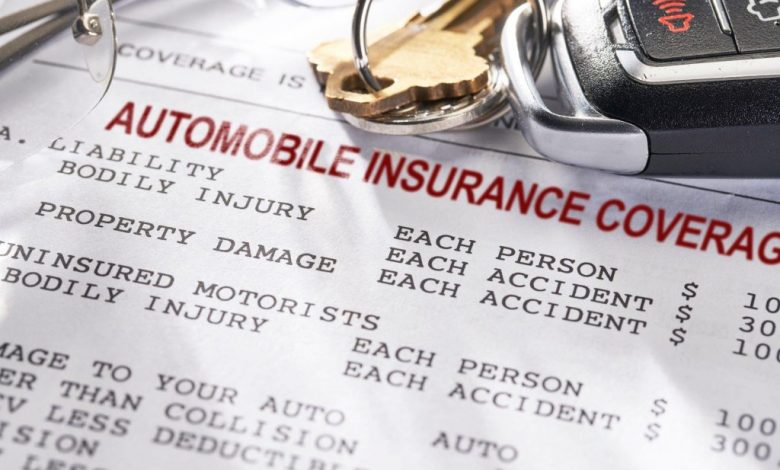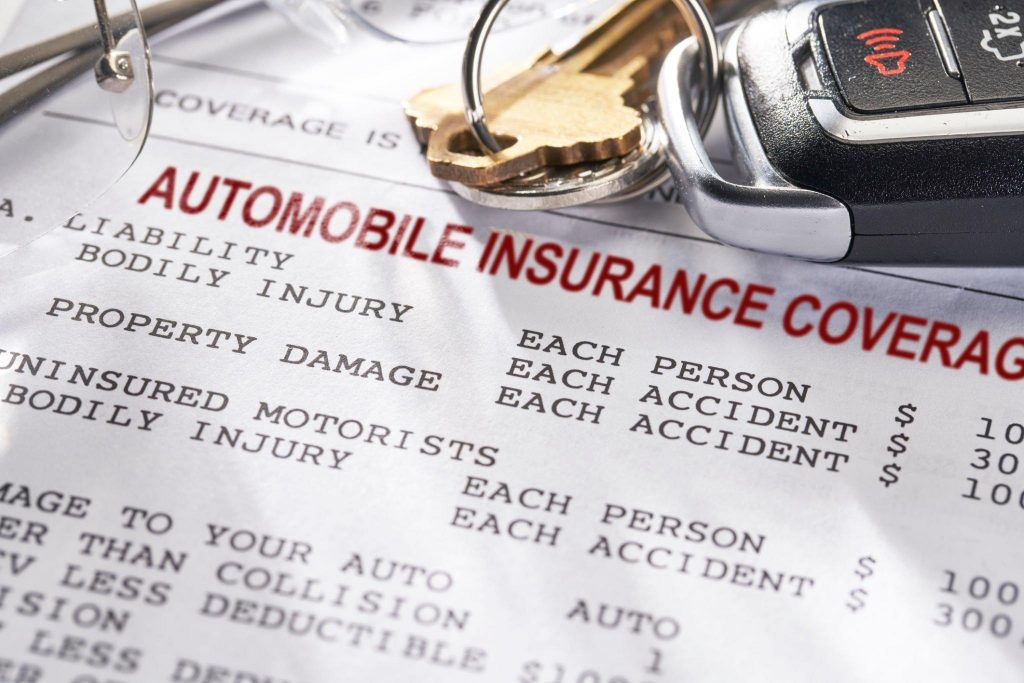Types Of Car Insurace


Car insurance goes beyond a mere legal necessity; it emerges as a pivotal financial safeguard against unforeseen expenditures arising from accidents, theft, or vehicle damage. With a plethora of alternatives at hand, a comprehension of the diverse auto insurance categories equips you to make judicious choices tailored to your unique needs. This article embarks on an exploration of auto insurance, shedding light on its assorted classifications.
1. Liability Coverage
Liability coverage stands as the fundamental tier of auto insurance and generally assumes legal mandate across most regions. It encompasses costs associated with bodily harm and property impairment for the opposing party involved in an accident where you are at fault. This form of insurance does not extend coverage to your own vehicle or medical expenditures.
2. Collision Insurance
Collision insurance intervenes when your vehicle collides with another car or object, irrespective of blame attribution. It undertakes the financial burden of mending or substituting your vehicle. In situations where you are still repaying an auto loan or lease, collision insurance might be a prerequisite enforced by the lender.
3. Comprehensive Coverage
Comprehensive coverage provides indemnity for non-collision incidents, including theft, vandalism, natural catastrophes, and animal collisions. It delivers fiscal protection against damages beyond your direct control.
4. Personal Injury Protection (PIP) Insurance
PIP insurance, often labeled “no-fault insurance,” covers medical expenses and correlated outlays for both you and your passengers, irrespective of culpability in an accident. Encompassed within this coverage are medical treatments, income loss, and even funeral costs.
5. Uninsured/Underinsured Motorist Protection
This variant of insurance extends support when you encounter an accident attributed to a driver devoid of insurance or one possessing inadequate coverage to compensate for damages. It ensures that you are not left accountable for expenses resulting from another’s negligence.
6. Gap Insurance
Gap insurance proves especially valuable for those encumbered with an auto loan or lease. It bridges the “gap” between your vehicle’s present valuation and the outstanding loan amount in the event of your vehicle being totaled or stolen. This precludes you from shouldering the obligation of repaying a vehicle no longer in your possession.
7. Vintage Car Insurance
For proprietors of vintage or classic cars, standard insurance may fall short in meeting essential coverage needs. Vintage car insurance caters to the distinct requisites of these vehicles, taking into account their scarcity, value, and specialized upkeep necessities.
Conclusion
Auto insurance constitutes an intricate subject characterized by diverse alternatives conceived to cater to distinct needs. A meticulous evaluation of your situation coupled with a comprehensive understanding of the hazards you are willing to embrace is imperative. Armed with a holistic comprehension of the manifold auto insurance categories, you gain the prowess to make prudent decisions, thereby securing not only yourself and your passengers but also your vehicular investment as you navigate the highways with a sense of certitude and tranquility.




